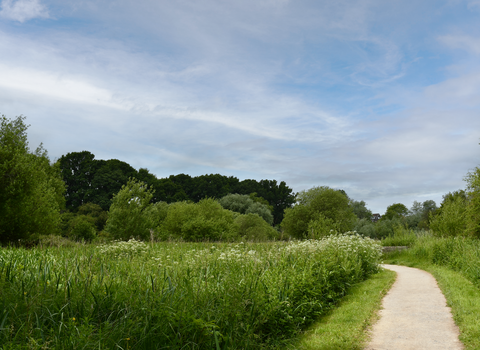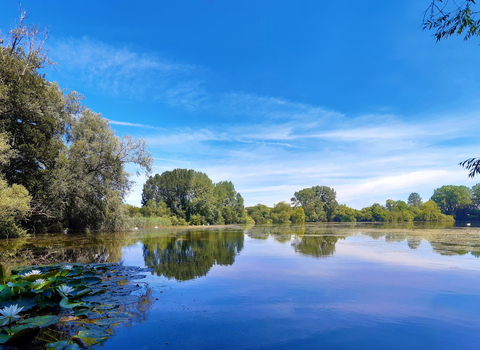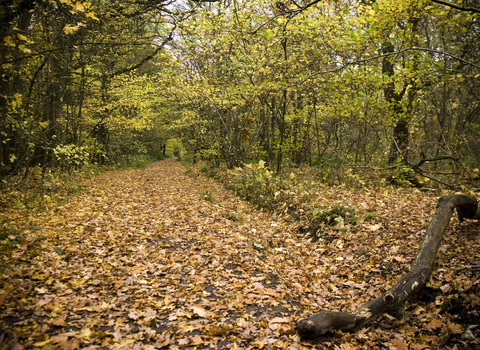Orchids at Dunscombe Bottom, Wiltshire. Credit: Sarah Marshall.
Dunscombe Bottom
Location
Know before you go
Dogs
See our FAQ's for more information
When to visit
Opening times
Open at all timesBest time to visit
Spring and summer. Nearby attractions include Parsonage Down National Nature Reserve (8 miles), a’Beckett’s Vineyard (8 miles), Stonehenge (11 miles), Prescombe Down National Nature Reserve (11 miles).About the reserve
This stretch of chalk grassland curves across the steep side of a combe (valley) near Knook, on the edge of Salisbury Plain. As you walk over the rough grass, enjoy the far-reaching views.
Before it came to us in 2009 the land had never been fertilised or improved and had always been used for grazing, which we continue to do. Between September and February we graze with mules, a special cross of hardy lowland sheep, to take the summer growth down to a short turf. This allows spring sunlight to reach the wild flowers just as they are ready to grow. We also graze with cattle – their feet poach (disturb) the soil. This kick-starts the growth of seeds such as horseshoe vetch - food plant of the Adonis blue.
If you visit in the summer the land is a patchwork of colour from orchids, early gentian, knapweed, rockroses and eyebright. The bluish tones of milkwort and harebells add a cool note to the mix. The greater butterfly orchid grows here; its pale vanilla-coloured flowers release a sweet smell, stronger at night, which attracts moths. You can also see marbled white, Adonis blue and small blue butterflies.
Be careful not to trip over the dozens of anthills as you enter the reserve. They are an indicator of ancient, undisturbed chalk grassland. Each mound is created by a single colony of yellow meadow ants, carrying soil to the surface as they create a network of galleries below ground where they raise their young.
Species
Contact us
Environmental designation
Map of Dunscombe Bottom
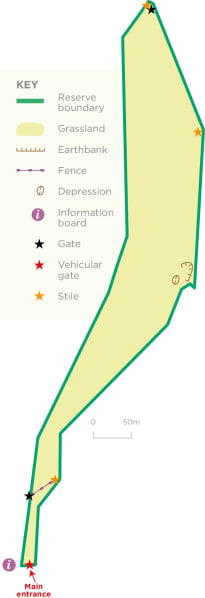
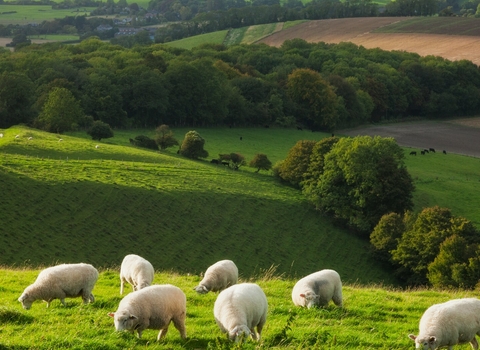
Chalk downland landscape with mixed farming, Cranborne Chase, Wiltshire, England, UK - Guy Edwardes/2020VISION

